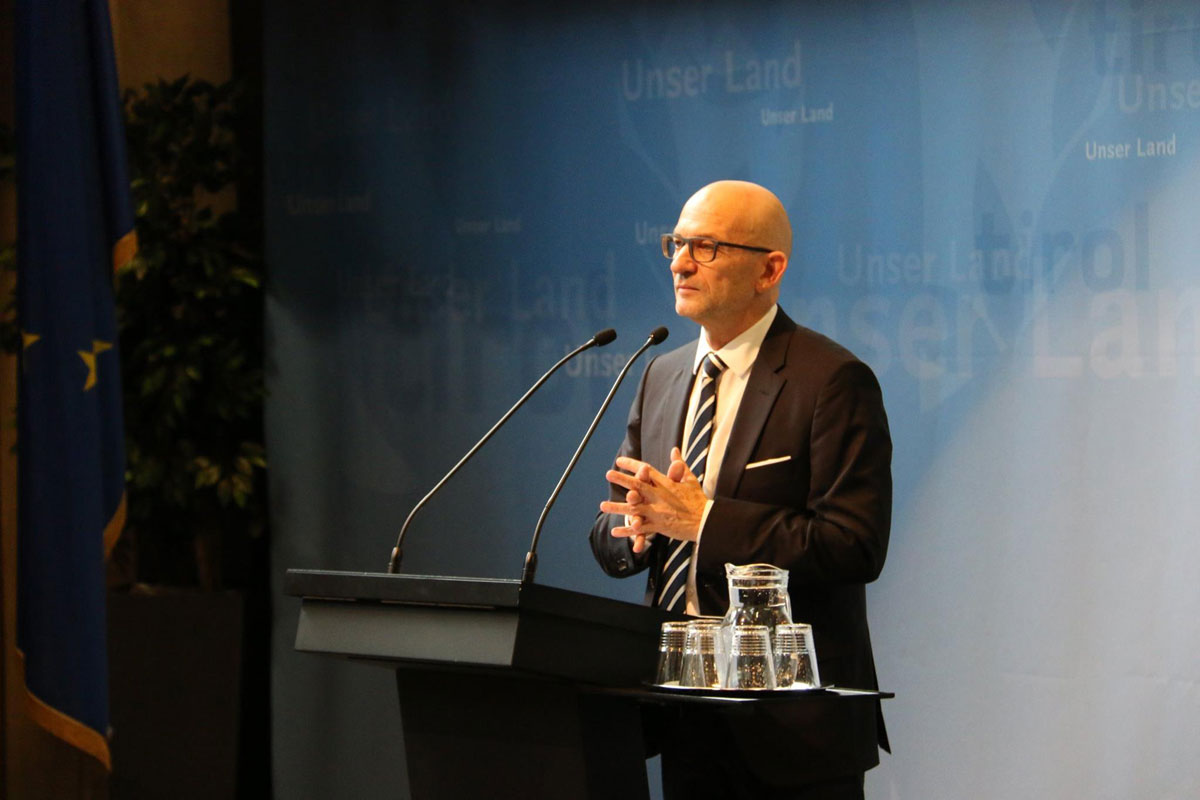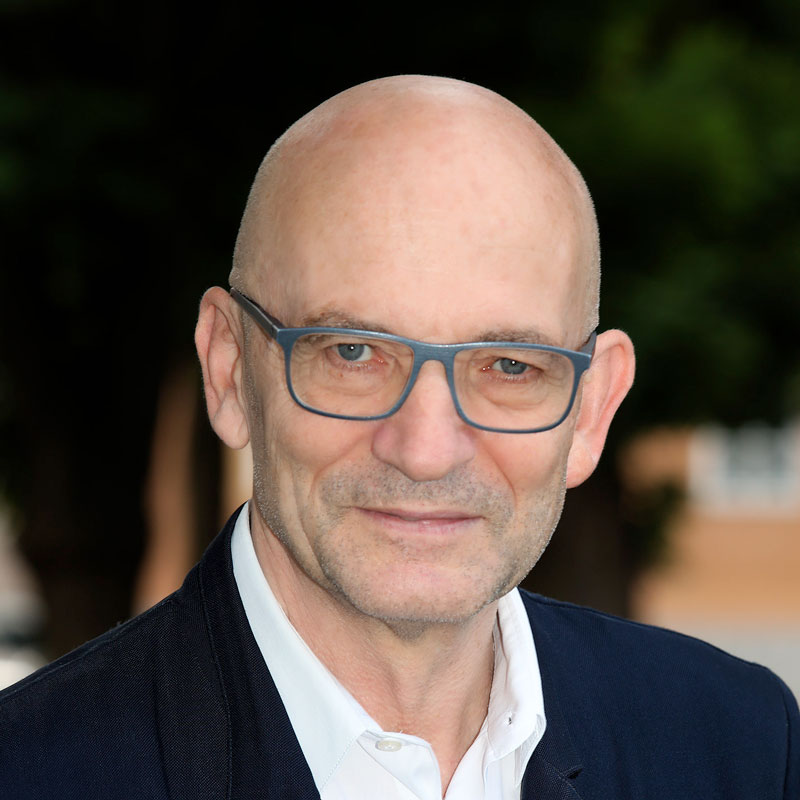Dr. Armand Hausmann – Ihr Psychiater in Innsbruck
The use of (newer) antipsychotics in bipolar inpatients over a 17-year observation period

Publikationen (Erstautor oder Mitautor) von Univ.-Prof. Dr. Armand Hausmann
Antipsychotics (AP) are commonly used in the treatment of bipolar disorder. They cover a broad spectrum of indications including acute psychotic, manic and depressive symptoms, and maintenance treatment. This study evaluates the changes in prescribing patterns of first-generation antipsychotics (FGA) and second-generation AP at Innsbruck University Hospital for the treatment of bipolar inpatients between 1999 and 2016. In this retrospective chart review, we included adult patients with a diagnosis of bipolar affective disorder (ICD 9: F296; ICD 10: F31) who were admitted as inpatients at the Department for Psychiatry and Psychotherapy between 1999 and 2016 for more than 7 days. The study was approved by the local ethics committee. The complete medical histories were searched retrospectively for the prescription of psychotropic medications at the time of discharge, with a special focus on APs. We found a significant increase in the use of atypical AP, mainly attributable to the prescription of quetiapine for all types of episodes, followed by aripiprazole for manic and as add-on therapy for depressive episodes. The prescription rate of clozapine decreased significantly. The prescription rate of FGA showed a small but not significant decrease for the treatment of manic and mixed episodes, and a significant decrease for depressive episodes. These trends apparently mirror in part the evidence base for the use of AP, but also illustrate that clinicians still appreciate the effectiveness of FGA despite their inferior tolerability profile
Autoren: Julia Dehning, Heinz Grunze, Michaela Walpoth-Niederwanger, Georg Kemmler and Armand Hausmann
